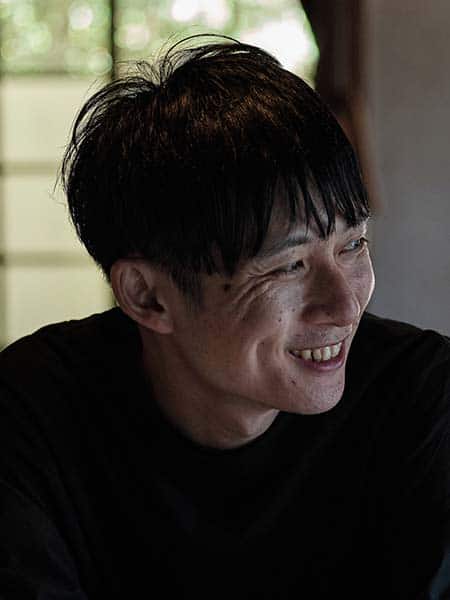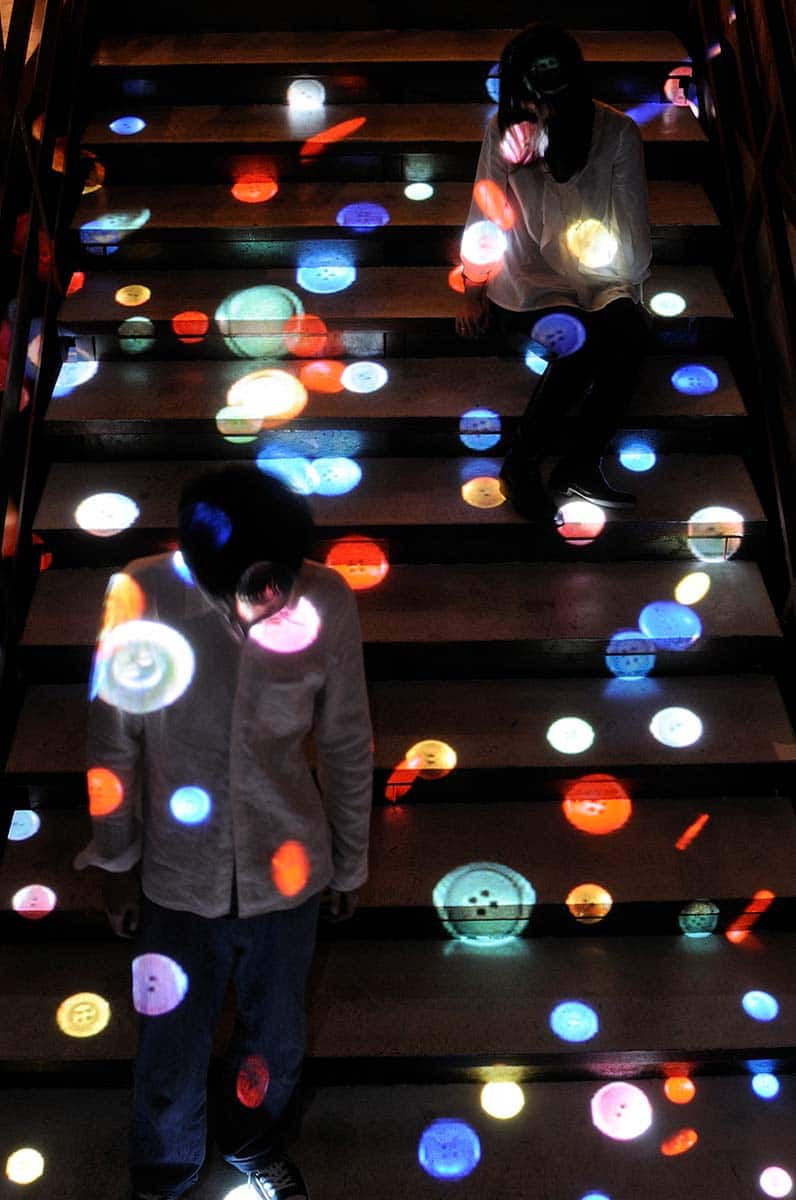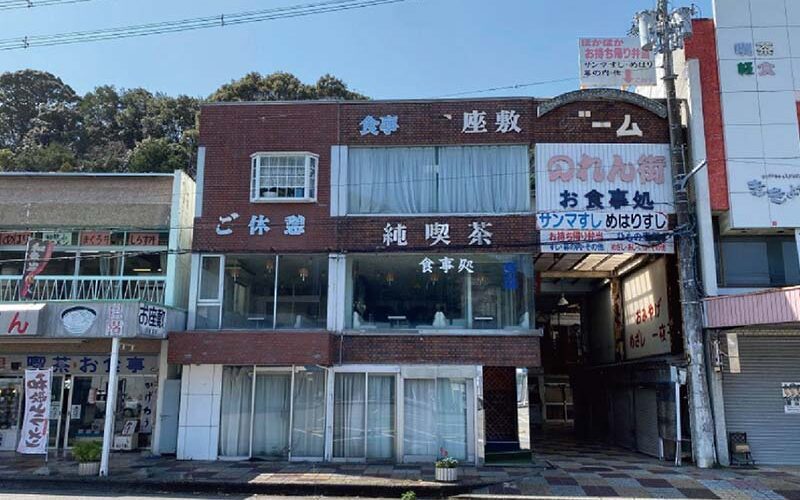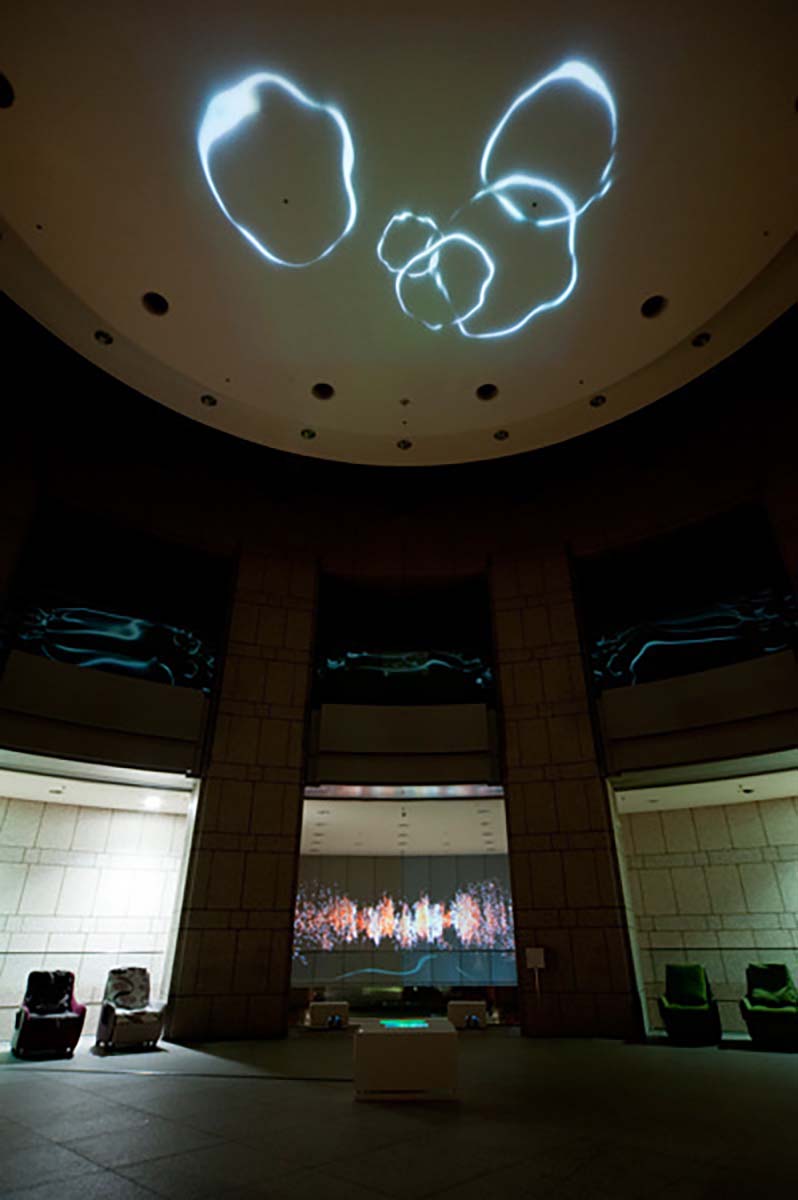
- Artist
Nobuhiro Shimura
Nobuhiro Shimura
Born in 1982 in Tokyo, Japan. Completed his master’s degree in Imaging Arts and Sciences at Musashino Art University in 2007.
Based in Yamaguchi from 2013 to 2015 after a residency at Akiyoshidai International Art Village. From 2016 to 2018, he was a visiting researcher at INALCO (Institut National des Langues et Civilisations Orientales) in Paris under the overseas study program for upcoming artists of the Agency for Cultural Affairs. Shimura has created a number of video installations that employ images of everyday objects and landscapes. In recent years he has been engaging in film works with a documentary approach based on his fieldwork. He has been involved in projects that focus on social issues and histories that are difficult to visualize from a local perspective. Currently lives and works in Chiba, Japan.
-

《jewel》(2009年)
Nobuhiro Shimura's unique installations, in which images are projected onto everyday objects evoke nostalgic feelings that are usually hidden deep within the mind. Early on, he moved away from the museum-like ‘white cube’ and has been projecting many of his works outdoors. In this work, as the title suggests, multicolored buttons glow as they fall down on your head, transforming a familiar landscape into a special place.
 DShinju Building
DShinju Building- 1385 Katata, Shirahama, Nishimuro District, Wakayama 649-2201
-
Open 365 days
-
10:00-20:00
-
Free
The Pearl Building is a commercial center that still stands in front of Shirahama Station. It used to be crowded with honeymooners, tourists and local people, and the special pearl products from Shirahama were very popular. In the near future, the building, which now retains only a few vestiges of days gone by, a new generation of owners will soon take over the building, and they are expected to revive the formerly bustling atmosphere.
-

“Pool” (2009)
The bubbles that float and disappear on the surface of the water are like a vague memory. On the other hand, the verb "pool" has a contradictory meaning to the image of collecting and storing. The phantoms spun by the light bring back memories and remind us of the certainty of the time that these accumulations mark.
 GTanabe Station Street
GTanabe Station Street- 41 Minato Tanabe, Wakayama 646-0031
-
Open 365 days
-
10:00-19:00
-
Free
The shopping street in front of Tanabe Station was also a ‘post town’ on the way to the World Heritage Sites, Tokei Shrine- which divided the fate of the Genpei war, and Kumano Kodo. Last year's landscape improvement project eliminated electricity poles and transformed the arcades into shades (small roofs). The image of the town has completely changed and at night, the arcade is a feast for the eyes with its indirect lighting.
-
G-3“Pool” (2009) Nobuhiro Shimura
